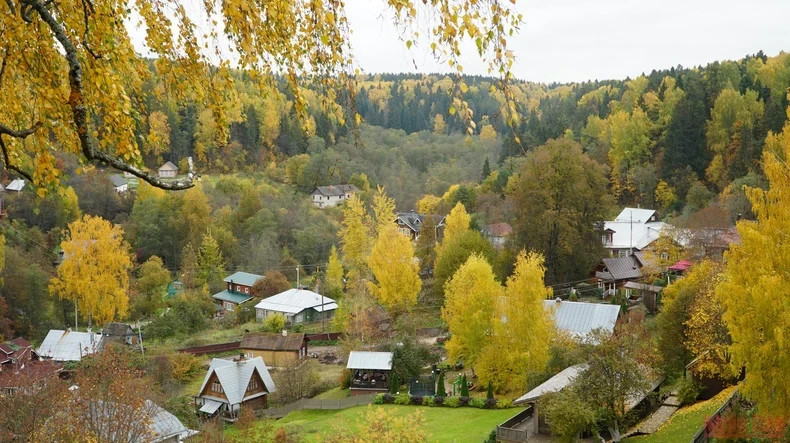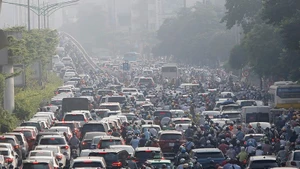This was reported in a global survey which was recently carried out by the United Nations Development Program (UNDP), Oxford University, and GeoPoll, which engaged with over 73,000 people from different age groups and cultural and geographical backgrounds across 77 countries, representing 87% of the world’s population.
The results show that, out of 75,000 survey participants, four in every five people surveyed (80%) want their countries to do more in response to climate change and global warming.
What is quite surprising is that people in less developed countries show the greatest support this policy, with 89% of them saying they want their country to strengthen their commitments to addressing the climate crisis.
Despite contributing the least to planet-warming emissions, poor and developing countries historically bear the most brunt. In contrast, G20 economies — the largest economies in the world — are responsible for about 75-80% of total global greenhouse gas emissions.
The world's largest emitters of greenhouse gases, China and the United States, also saw the majority of respondents supporting climate action, with a figure of 73% for China and 66% for the United States.
About 72% of the survey’s participants said they want their country to rapidly move away from planet-warming fossil fuels and embrace clean energy.
The views of the majority of people in the above survey were incorporated into determination and specific actions by 112 cities in Europe.
Accordingly, an initiative involving 112 cities has set the target of eliminating net greenhouse gas emissions by 2030, while the EU's overall target is to achieve emission neutrality by 2050.
Cities participating in the EU's “100 Climate Neutral and Smart Cities' Mission” will need a combined 650 billion EUR (695.83 billion USD) in investments to deliver the pledge.
After 377 cities applied to join the programme, 100 from the bloc and 12 from associated countries have been chosen and are developing a climate plan with support from the EU and non-profit advisory firm Bankers without Boundaries (BwB).
This funding will be used for energy-efficient buildings, renewable energy, and green transport infrastructure.
The European Commission (EC) plays a key role in evaluating and approving cities’ plans and providing financial and technical support through the Climate City Capital Hub, which will provide substantial investments to support cities in their climate action efforts.
In its role as Europe's climate bank, the European Investment Bank (EIB) will work closely with the Climate City Capital Hub to provide financial and technical advice to cities to help them implement their respective plans.
To date, 33 cities have received the EU Cities Mission Label, budgeting 114.1 billion EUR for climate actions.
According to the International Energy Agency (IEA), cities account for around 75% of global energy consumption and 70% of global greenhouse gas emissions.
Climate change is posing huge impacts on people living in cities, with around half of the hospitals and schools in European cities located on heat islands, which are created when temperatures in built-up areas are pushed up as roads, pavements, and buildings absorb heat from the sun.
Environmental experts say that extreme weather phenomena such as storms, floods, heatwaves, and droughts are occurring with increasing frequency and on a larger scale, causing more terrible consequences than the consequences of climate change.
To respond to climate change, governments and people around the world need to join hands to reduce emissions and protect humanity's living environment.
















